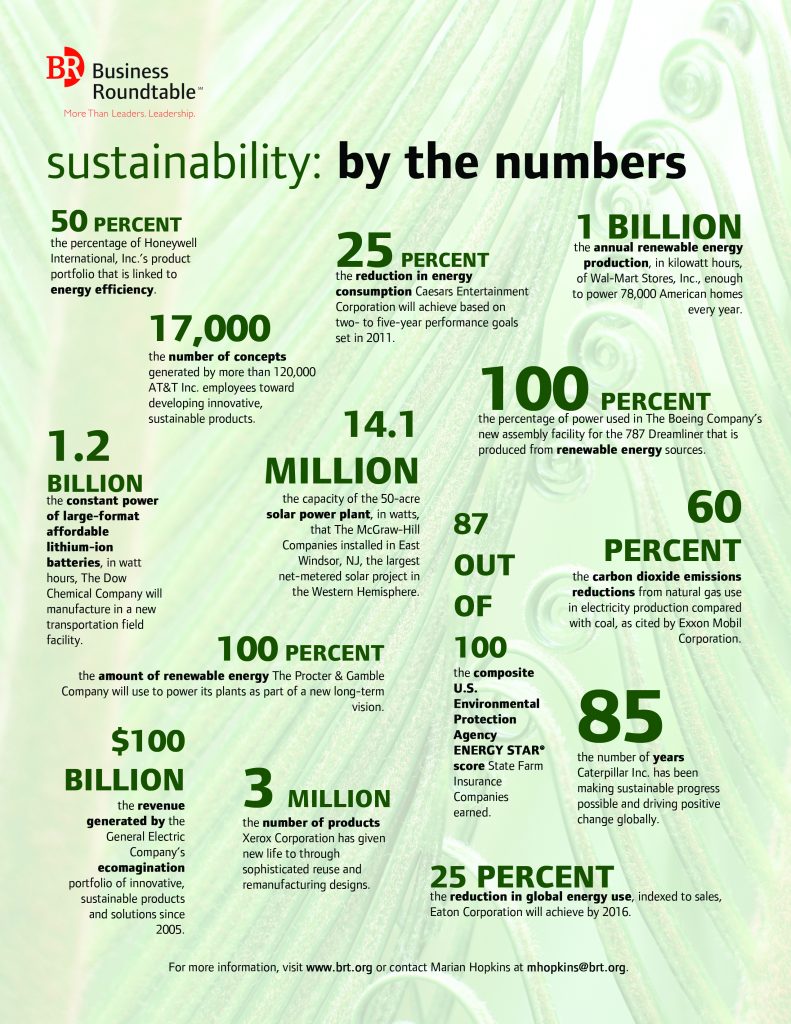What makes a sustainability campaign really engaging and effective? There are many different factors that we have to consider, however, one of the most important aspects is, undoubtedly, relevance of the ad to the consumer. Thanks to multiple discoveries in modern psychology field, we can address and utilize various psychological theories in order to create a really productive and interesting sustainability-focused ad. In this blog post I would like to consider product involvement and The Elaboration Likelihood Model (ELM) proposed by Petty and Cacioppo as a foundation to develop campaigns that could theoretically influence consumer behaviour.
If you’d like to know scientific definition, the ELM is “a dual process theory describing the change of attitudes form”, which we will consider in simpler language and more detail right now.
Most of us know a person (and hopefully more than one) who is very interested in sustainable practices and negative effects we have on our environment, i.e. “high involvement” consumer. However, there are also many “low involvement” individuals that are not engaged in the issue of sustainability. The ELM proposes two different approaches to these types of people based on their involvement level with the issue or topic of discussion.
In the first case, if the person is already concerned about the issue, it would be better to include scientific facts, such as statistics from reliable sources, into the campaign. We want to focus on rational arguments, logic and have scientific base in support to what you say when we target this group of people.
Let’s consider an example of a poster that can be used on High Involvement consumer segment:
Business Roundtable is using concrete data in order to influence high involvement consumers by making them think more about the issue and derive conclusions from given statistics.
In contrast, the ads for Low Involvement consumers would have to influence their attitudes by focusing on affects, such as fears, desires, positive or negative cues. It will evoke emotional response among this target group, which can help us get their attention.
We’d expect these ads to emphasize “hedonic” rather than “utilitarian” aspects of the campaign.

[For more information on the difference between hedonic and utilitarian characteristics click here]
“WELL DONE IS BETTER THAN WELL SAID”
– Benjamin Franklin
Thus, the ads for lower involvement segment would have to give people the opportunity of lower cognitive effort and stronger emotional engagement at the same time. Let’s look at the example of such campaign:
The Surfrider’s poster utilizes the image of a dead bird with plastic details inside its’ body in order to trigger sadness among the public and motivate people to take action.
Thereby, incorporating the model of consumer involvement into developing strategically effective campaigns in support of sustainable options might be very helpful to, firstly, increase population’s interest in the issue, and, secondly, motivate people to take action.
What are your thoughts on the topic? Do you think this theoretical approach is useful? In your opinion, would it work on people that you know?




Thank you Kamilla,
This was very well formed and researched – I am personally a little obsessive around messaging and how we can get people to actual act – not just see our message. In marketing where we are all floating in a sea of ambiguous decisions, the occasional theory raft is a great place for us to rest our heads for a while.
I am looking forward to reading more of your posts – I would like to remind you that we are halfway through our term and there are quite a few more to go!
Happy Posting,
Tess
Kamilla, this is honestly an amazing assessment of how to market to these high and low involvement consumers. These are both distinct marketing techniques and both require a lot of thought and creativity. This method is definitely useful considering I can immediately identify the people who would enjoy the informational advertisement versus people who would be impacted by one trying to generate an emotional response.